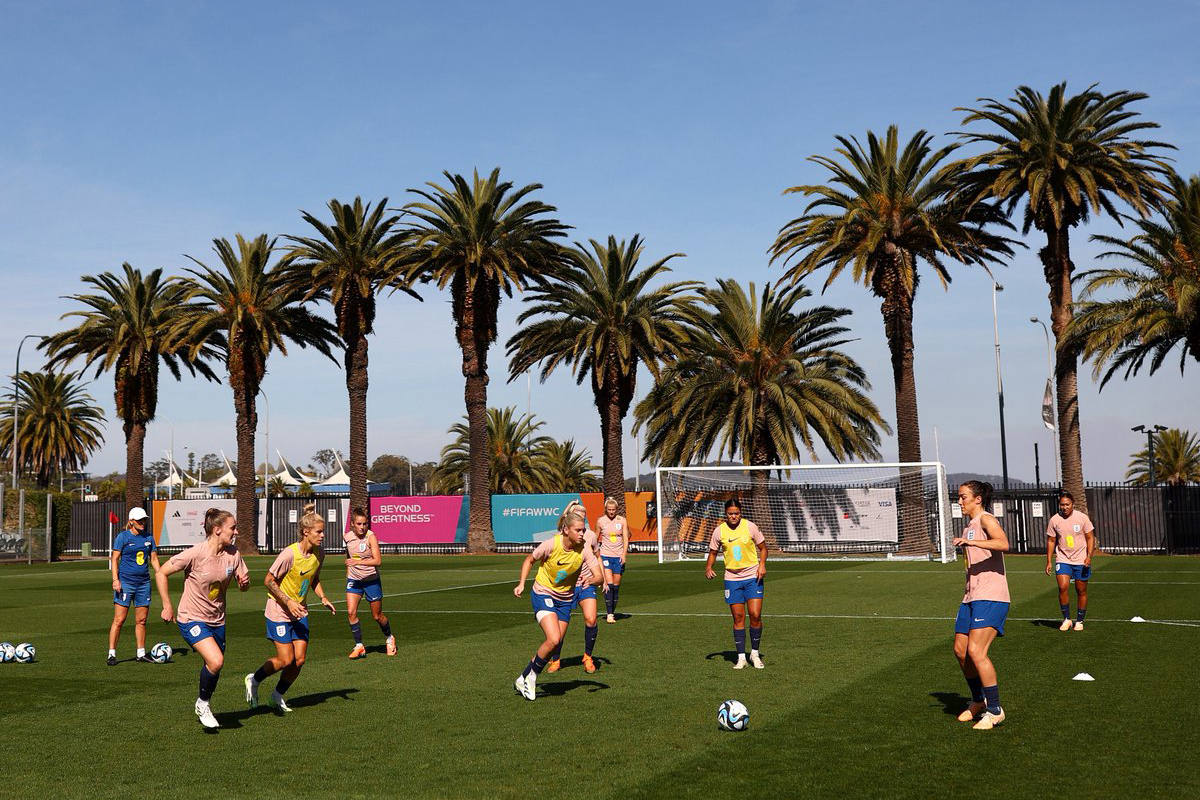It can be argued that investing in girls academy soccer is perhaps more important to the professional game than boys academy soccer. While the boys side is starting to show a direct pipeline between the academy to a professional club in the United States, the same infrastructure is not yet in place for women. But the groundwork for that infrastructure is already being laid.
On Wednesday, New York-area NWSL club Sky Blue FC announced a partnership with the New York Surf Soccer Club, an affiliate on the East Coast with Southern California powerhouse academy San Diego Surf.
It’s the latest inroads for Sky Blue in the youth market, where they’ve arguably been among the most aggressive in the league in building partnerships with local academies.
With the ground shifting in the youth soccer scene with the establishment of the U.S. Soccer Girls Development Academy, launching in the fall and a de facto competitor to the Elite Clubs National League, the opportunity for NWSL clubs to formalize partnerships with existing clubs or building academies of their own is bigger than ever before.
While several NWSL academies or partnered academies currently play in the ECNL, the Girls Development Academy is scheduled to have a major NWSL presence upon launch.
Every single NWSL team will have a Girls Development Academy presence, with some sides (Seattle Reign, Portland Thorns, Orlando Pride, FC Kansas City, Houston Dash and Boston Breakers) fielding NWSL-side branded academy teams, and others (Washington Spirit, Chicago Red Stars, Sky Blue FC, North Carolina Courage) establishing set partnerships with existing independent academies.
Even MLS clubs have gotten into the game, with the endgame somewhat murky. LA Galaxy, LAFC, San Jose Earthquakes and FC Dallas have all entered academies or branded partnerships with the Girls Development Academy. Rumors have swirled that the three California teams are interested in NWSL expansion teams, while FC Dallas has become the gold standard for academy-first team integration in MLS under Oscar Pareja, and could possibly seek to replicate that formula in NWSL down the road.
The next step? In a few years, one expects the health of the NWSL and the maturity of these links between academies and professional clubs to spur incentives to create a homegrown signing mechanism like that seen in MLS. While the track for 99 percent of female American soccer players remains college-based and then perhaps a professional career, exceptions like Lindsey Horan, who skipped college to sign a pro deal in France before returning to NWSL with the Portland Thorns, will conceivably increase.
And bear in mind the college track is not intrinsically bad. For the current women’s professional soccer climate, no player, not even the most popular or successful, can become truly rich from playing soccer alone. Every player will need to embark on another career after playing, inside or outside of the sport, and a college education should help set them up for success after hanging up their boots.
But there will come the next phenomenon, who will be ready to play professionally as a teenager, and will spur a pro team to sign her to a homegrown deal. With the infrastructure in place, it’s only a matter of time before NWSL codifies the roster mechanics and incentives of such deals. And it will obviously provide NWSL teams the chance to build even deeper roots, with a real payoff for all sides, in local communities.





